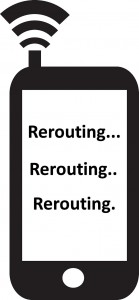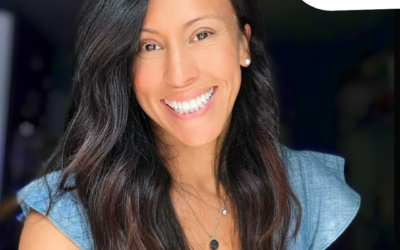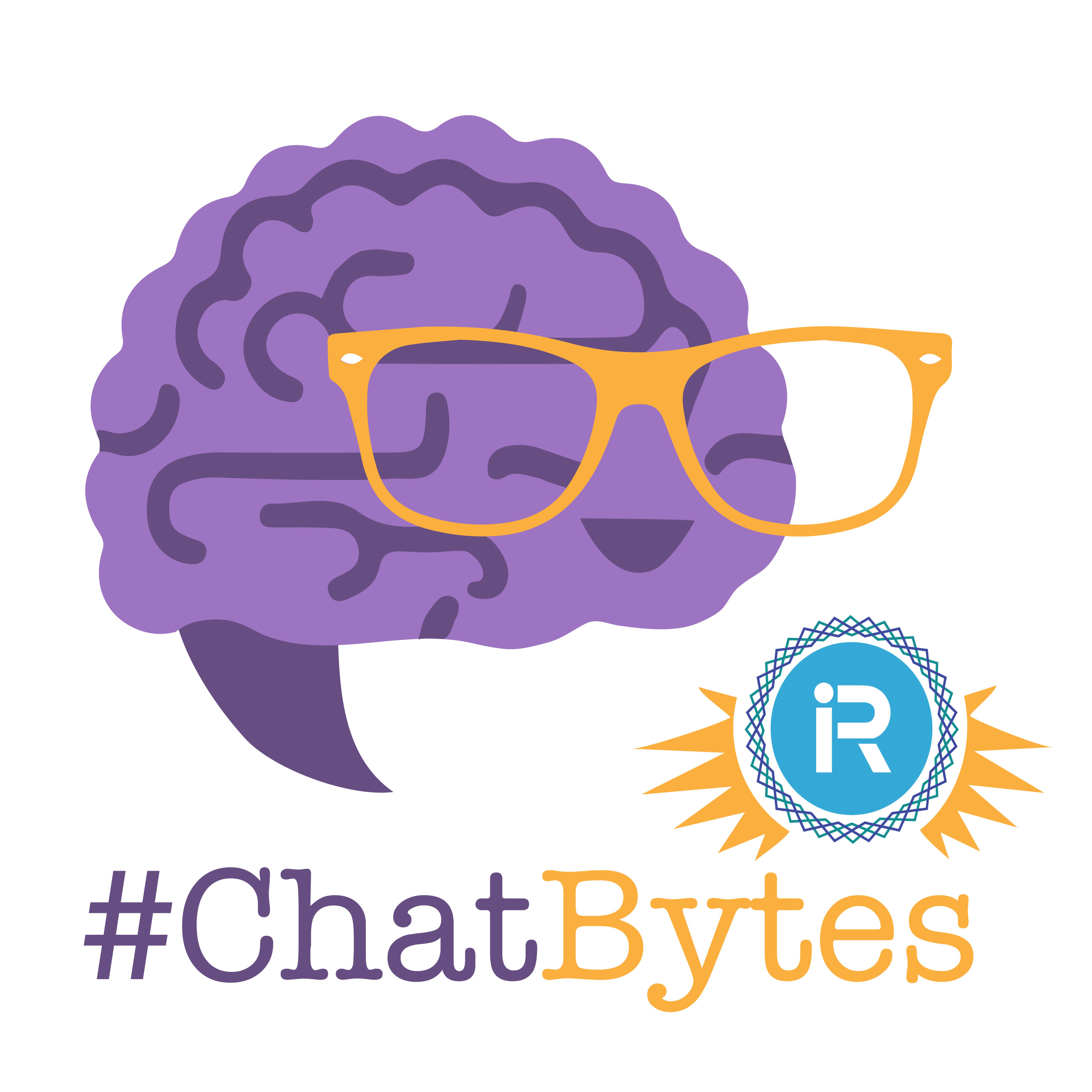 Guest post by Andrea Pactor, MA, Associate Director of the Women’s Philanthropy Institute at the Indiana University Lilly Family School of Philanthropy
Guest post by Andrea Pactor, MA, Associate Director of the Women’s Philanthropy Institute at the Indiana University Lilly Family School of Philanthropy
Rerouting, rerouting. Just as Siri provides new directions when we are navigationally challenged, so too can prospect researchers help advancement teams create new routes to engage a broader donor base, increase giving, and nurture more loyal donors. How? Add women to the portfolio mix.
Why do fundraisers’ portfolios generally include more male than female donors and prospects? From a demographic perspective, women not only represent more than half the U.S. and Canadian populations, they are also well educated and have increasing access to income and wealth. Education and income are key predictors of philanthropy. A strong body of research finds that women are more likely to give and give more than similarly situated males. More on the research later.
What holds fundraisers back from engaging women as donors as often as men?
Three possibilities – one tangible and two intangible – emerge. The tangible limitation is the donor database. The intangible limitations are implicit bias and organizational culture. All can be roadblocks to unleashing the full potential of women’s philanthropy.
The Donor Database
In today’s world when 60% of households are dual income, households come in multiple variations, and people in households have different names, an overhaul of donor databases is long overdue. Prospect researcher Sarah Bernstein addressed some of the database challenges in her blog post here.
Implicit Bias
Implicit bias refers to unconscious judgments or stereotypes, often around race, ethnicity, age, appearance, and gender that affect our actions. Although implicit bias was formally introduced into the marketplace of ideas in 1995, when we began to think about its significance as a factor in fundraising, we searched the literature connecting the two and found no research. Assess your level of bias here.
Implicit bias is pervasive across the fundraising spectrum. For example, in 2014, Gert Boyle, chairman of Columbia Sportswear, gave $100 million anonymously to the Knight Cancer Institute at the Oregon Health and Science University. When news media revealed that the nonagenarian philanthropist was the donor, Boyle delighted in countering assumptions that the donor was a man. As she told The Chronicle of Philanthropy, “Everyone had assumed that only a gentleman in this community would have that kind of money, not some little old lady down the street.”
Organizational Culture
Organizational culture is the other roadblock. This broad category includes everything from who’s in leadership positions at both the staff and volunteer levels, to fundraising strategies and mindsets about how the work gets done. The more diverse staff and volunteer leadership are, the more likely they are to engage diverse audiences and donors. Fundraising strategies are often male-centered: fast-paced, results-driven campaigns that focus on competition, deadlines, and naming opportunities. In many organizations they work, and they may work well. But, they leave money on the table and donors – especially women donors who prefer other engagement models – on the sidelines.
Then, there’s the mindset of “we’ve always done it this way” which fails to recognize not only the growing power of women as donors but also that men and women have different motivations for giving and different patterns in their philanthropic practice. When combined, implicit bias and organizational culture can undermine the most well intentioned strategy to reach a broader donor demographic.
How can prospect researchers help organizations respond to the changing demographics and recalibrate the organization’s fundraising strategies to create more gender balanced portfolios for all fundraisers?
Start with this three-pronged roadmap: (1) step into your power, (2) know the research, and (3) build on success.
Step into your power
In her 2015 publication What About Women? Preeti Gill stated that women dominate the Prospect Research field. According to a 2012 APRA survey, 77% of prospect researchers are women. You know the landscape; you see it and experience every day that women are, as Gill says, “earning, inheriting, influencing, and controlling an increasing share of the world’s wealth.”
Use your experiences and those of your family and friends to help inform your work. Find articles and examples of women’s philanthropy and share them with work colleagues across the organization. Analyze your donor database to find women donors who have given consistently over time but who may fall below the gift officer’s radar screen because the gift is lower than the major gift threshold. One organization raised $6 million in planned gifts using this strategy without incurring any additional expense.
Know the research
An expanding body of research has found that gender matters in philanthropy. It matters in the business sector where a recent study found that companies led by CEOs with daughters spend 13% more of their net profits on corporate social responsibility. An earlier study found that for Fortune 500 companies with three or more women directors, annual company charitable giving was 28 times higher than companies with no women directors.
Our recent Wall Street Journal article highlights some of gender differences that affect charitable giving. Men and women have different attitudes about money as well as motivations for giving and patterns of giving. One is not better than the other – they are simply different. In our donor-centered world, it’s important to acknowledge that all donors do not look alike.
As prospect researchers review the research and share it with colleagues across the organization, you will help create a culture that is more receptive to engaging women at all levels of the fundraising strategy. That is a powerful change.
Build on success
Be creative in working around roadblocks. Find a willing partner among the fundraisers at your institution and provide him or her with as many women as men prospects. Analyze the database in new ways to seek out major and planned gift prospects – women – hidden in plain sight. Track your joint efforts and share your successes with the team. In Good to Great, author Jim Collins urges us to “[f]ocus on results…within your own span of responsibility…each of us can create a pocket of greatness.”
Prospect researchers have a distinct opportunity to reroute fundraising in the 21st century. You have the power, the research, the data, and the tools to transform how we think about who is philanthropic. Be smart – be Siri – recalibrate your team’s direction today.

